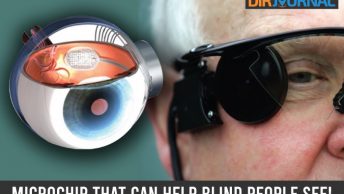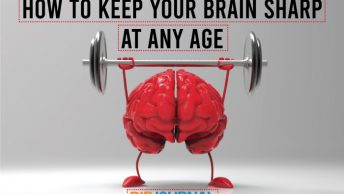Pteromerhanophobia, the word most of us may be unable to pronounce, in plain English means “fear of flying.”
Imagine if a person who has this phobia, has to board a plane and there is no way of reaching the therapist who can alleviate their fear, being in mid air amidst clouds.
In the modern world, every problem has millions of people coming up with solutions. One such solution has been found by doctors for problems ranging from the common phobias to the critical addictions.
If what doctors say can happen, this person with the fear of flying can simply strap on a virtual reality helmet and be in the therapist’s office, hearing the psychologist’s soothing voice instructing various coping strategies.
Once thought to be limited to a computer geek’s world, virtual reality (VR,) which means simulating environments on the computer; is being used more and more by scientists and doctors all over the world to treat several disorders, from fear of public speaking and flying to post-traumatic stress disorder (PTSD) in soldiers returning from war.
According to British Daily, The Times, latest research shows that virtual reality can also be used to treat addictions for drugs and drinks and also assist people in giving up smoking.
A clinical psychologist at King’s College London, Dr. Daniel Freeman who is currently investigating whether VR can be used to treat paranoia, said, “With virtual reality we can bring a version of the real world into the clinic. We can help people test out their fears and practice different ways of coping. They can take the confidence gained in VR into the real world.”
Recently, Dr. Freeman conducted a study on 200 volunteers and sent all of them on a virtual reality ride on the London Underground in a carriage full of passengers – all computer generated. His discovery was that 40% of the volunteers felt paranoid or had suspicious thoughts. One female volunteer is reported to have said that she felt trapped between two men in a doorway, despite the fact that these men were computer characters.
Dr. Freeman now intends to use the results of this research in the therapy process.
Researchers have used virtual reality to help people overcome their fear of public speaking and flying. The main thing people with phobias have to do is face their fears and this can be accomplished by repeated exposure to the fear factor; however, doing this in the real world repeatedly is almost impossible, such as flying repeatedly to overcome fear. This is where virtual reality helps, where a person can repeatedly take-off or land any number of times.
The results of these researches showed that people who were treated virtually with VR therapy as it is called, did as well as people who were treated with real life therapy. The fact that subjects finds the virtual reality set up much more appealing than they would in real life also helps with the therapy.
How do the therapists send patients to the virtual world?
The whole set up looks comical as if the person is on a space mission. The patient in a seated position, wears a headset that has a visor, through which they see the virtual world. There are built-in headphones that deliver sounds. The chair on which the patient sits is placed on a platform that vibrates and smell is delivered through an electronic scent machine. The idea is to get the patient immersed in the visual scene, the sounds and smell, making the virtual world real. The therapist sits next to the patient and talks through the microphone into the patient’s headphones.
The question most people have is if patients can actually take something that looks like a video game seriously. Doctors say that these virtual worlds are so good that they fool the brain into thinking they are real. Once the person enters into the virtual world, everything is life-sized and the characters are good enough to make the brain think that this is actually happening.
This virtual world was put to test recently by Dr. Mel Slater, who is a professor or virtual environments at the University College London. He made volunteers face the virtual world where a fire broke out. Most of the volunteers leapt out of their seats in an attempt to run.
Scientists are excited at the huge number of possibilities that virtual reality opens up and how it can come to the rescue of people suffering from various phobias, addictions as well as other problems such as post-traumatic stress disorder, by accessing their therapist from anywhere.












